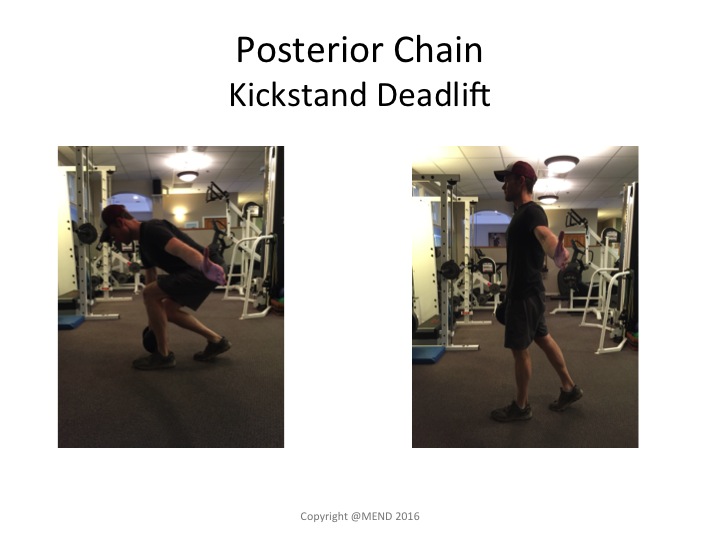In our Boulder Physical Therapy practice, individualized, progressive exercise is an essential part of each patient’s recovery. Teaching correct exercise technique often requires both tactile and verbal cues. Specifically in the lower body we cue to both improve the relative motions at the spine and hips to optimize movements for pain reduction, strength development, and improving sports or task performance. Commonly, in patients with lower quarter pain we see an increase in spinal contributions and a decrease in hip contributions during lifting tasks.
A recent study examined the best cuing method for optimizing these movement contributors during a lifting task. Beach and colleagues analyzed the biomechanical movements of 24 volunteers during a lifting task (Electromyography and Kinesiology. 2017). During subsequent lifting tasks participants were instructed to lift “without using your lower back” or “with your legs instead of your lower back”. Biomechanical data was collected and compared during the 3 movement tasks. The authors concluded spine focused cuing, without your lower back, was more effective at reducing spinal contributions to the task compared with leg focused cuing.

